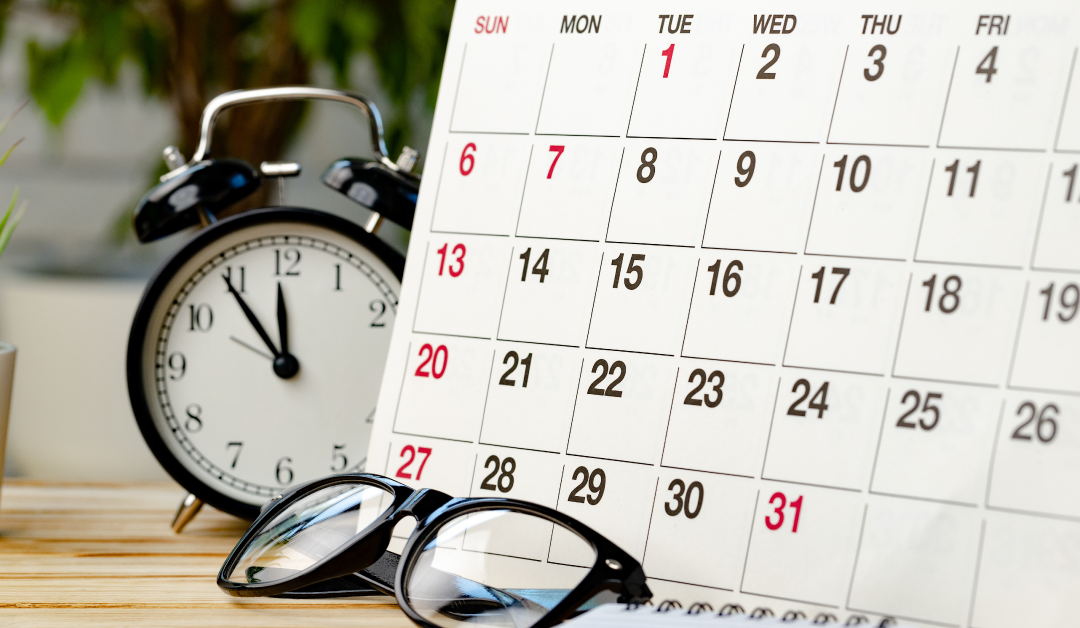After decades of living by work schedules, retirement often brings the welcome freedom of unstructured time. But for many retirees, the lack of a daily framework can feel more disorienting than liberating. With no clear separation between tasks, activities, and rest, the days can begin to blur together, leaving you feeling less productive and less fulfilled.
Time blocking offers a simple way to bring intentional structure to your day—without adding pressure. Unlike rigid scheduling, time blocking allows you to group activities by type or focus, creating space for what matters most while still leaving room to relax. It’s a gentle method that helps transform free time into meaningful time.
Understand What Time Blocking Really Means
Time blocking is a planning technique where you divide your day into blocks of time, each dedicated to a specific category or activity. Instead of reacting to each hour as it comes, you decide ahead of time how your day will flow. This approach can create mental clarity and help reduce decision fatigue—something that’s surprisingly common in retirement.
The beauty of time blocking is that it works for any lifestyle. You might block time in broad strokes—like “morning movement” or “afternoon personal time”—or get more specific with windows for hobbies, errands, or appointments. It’s not about filling every hour but assigning purpose to each part of the day so it aligns with your priorities.
Use Categories Instead of a To-Do List
Traditional to-do lists can become overwhelming, especially in retirement when you may be balancing household tasks, health appointments, personal interests, and social engagements. Time blocking invites you to think in terms of categories, which helps shift the focus from checking boxes to creating balance.
Try using categories like:
- Wellness – walks, workouts, or rest
- Home – cleaning, organizing, repairs
- Connections – calls, visits, social events
- Personal growth – reading, classes, hobbies
- Errands and logistics – shopping, bills, appointments
- Quiet time – meditation, music, or light entertainment
Blocking time for each category makes your days more manageable and helps ensure you’re spending time in a way that reflects your values—not just your responsibilities.
Make Time for What Restores You
Time blocking is especially valuable for ensuring rest and enjoyment don’t get pushed aside. Many retirees fall into the habit of staying busy out of guilt or habit, even when they have the freedom to slow down. But your well-being deserves as much space as your tasks.
According to a 2023 survey by AARP, retirees who engaged in a mix of structured activity and intentional downtime reported higher life satisfaction and fewer symptoms of anxiety or depression than those whose days were either fully scheduled or completely unstructured (AARP, 2023, Life After Work: How Retirees Spend Their Time, https://www.aarp.org/research/topics/life/info-2023/how-retirees-spend-their-time.html).
When building your blocks, include time that’s just for you—unstructured but protected. Whether it’s a slow morning with coffee and a book or a midday nap, honoring your rest helps you return to active blocks with more focus and energy.

Keep It Flexible and Repeatable
One of the biggest benefits of time blocking is that it’s repeatable—you don’t have to plan from scratch every day. Instead, you can create a weekly rhythm and adjust as needed. The goal isn’t perfection—it’s flow. A typical day might include:
- 8:00–9:00 – Morning wellness (walk or stretch)
- 9:00–11:00 – Home and errands
- 11:00–12:00 – Personal time (reading or hobby)
- 12:00–1:00 – Lunch and rest
- 1:00–3:00 – Social or volunteer activity
- 3:00–5:00 – Open time or creative work
- Evening – Dinner and relaxation
You can vary the times, group activities differently on certain days, or swap blocks entirely if something unexpected comes up. Flexibility is key—it’s your time, and you’re in control of how it flows.
Track What Works and Adjust
Time blocking isn’t a one-time fix—it’s a living tool. Over time, you’ll notice which blocks leave you feeling energized and which leave you drained. That insight can guide adjustments so your routine stays aligned with how you feel and what you need.
Check in with yourself weekly. Are you leaving enough time for movement, rest, connection, and fun? Are your energy peaks and valleys reflected in your routine? If something feels off, adjust your blocks—whether that means shortening a chore block or expanding your afternoon downtime.
You might even want to keep a simple journal or checklist to review how each day went. Over time, this will help you fine-tune your routine for greater satisfaction and sustainability.
Design Days That Feel Good
Time blocking isn’t about squeezing more into your day—it’s about making each day feel more intentional and rewarding. In retirement, where freedom and flexibility are abundant, a bit of gentle structure can offer the grounding many people miss after years of full schedules.
By organizing your days into blocks of focused activity and meaningful rest, you can reduce stress, improve well-being, and make sure the time you have is being used in ways that genuinely support your happiness and health. The best part? You get to decide what matters most—and give it the time it deserves.












